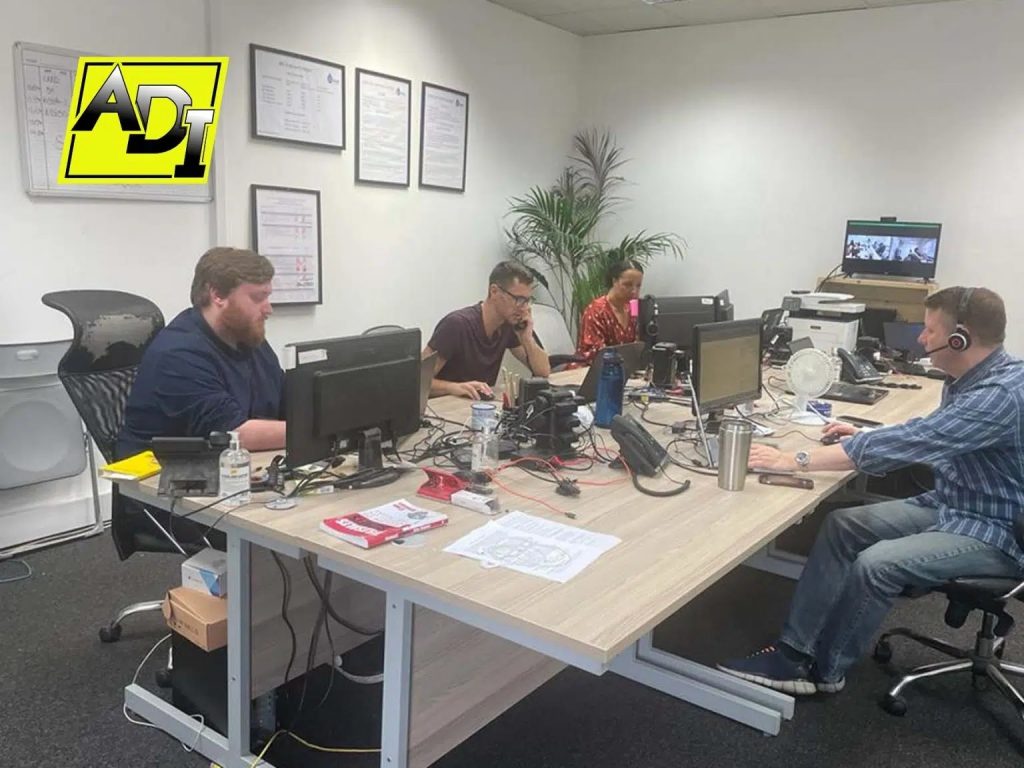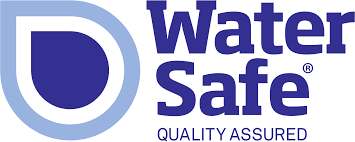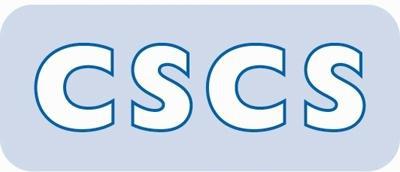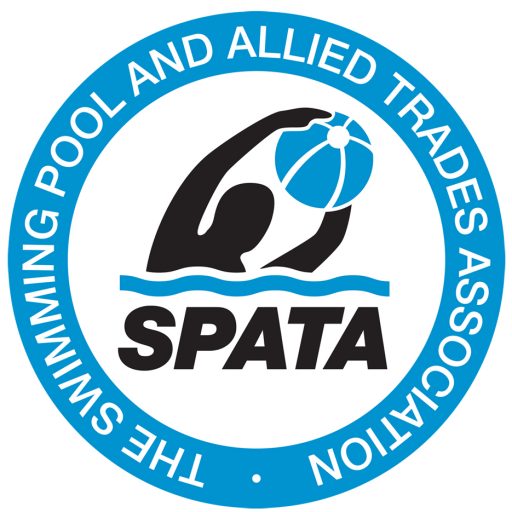Structural Leak Detection
Building Structure & Facade Leak Detection
ADI Leak Detection specializes in finding structural leaks in the structure of buildings.
- Structural leaks causes water damage to buildings including Woodworm, Dry & Wet Rot & Subsidence
- A building’s Roof, Walls, Windows & Doors are all structural weak points for potential water ingress
- Structural leak detection techniques include thermal imaging drones, moisture mapping, tracer gases and acoustic leak surveys.
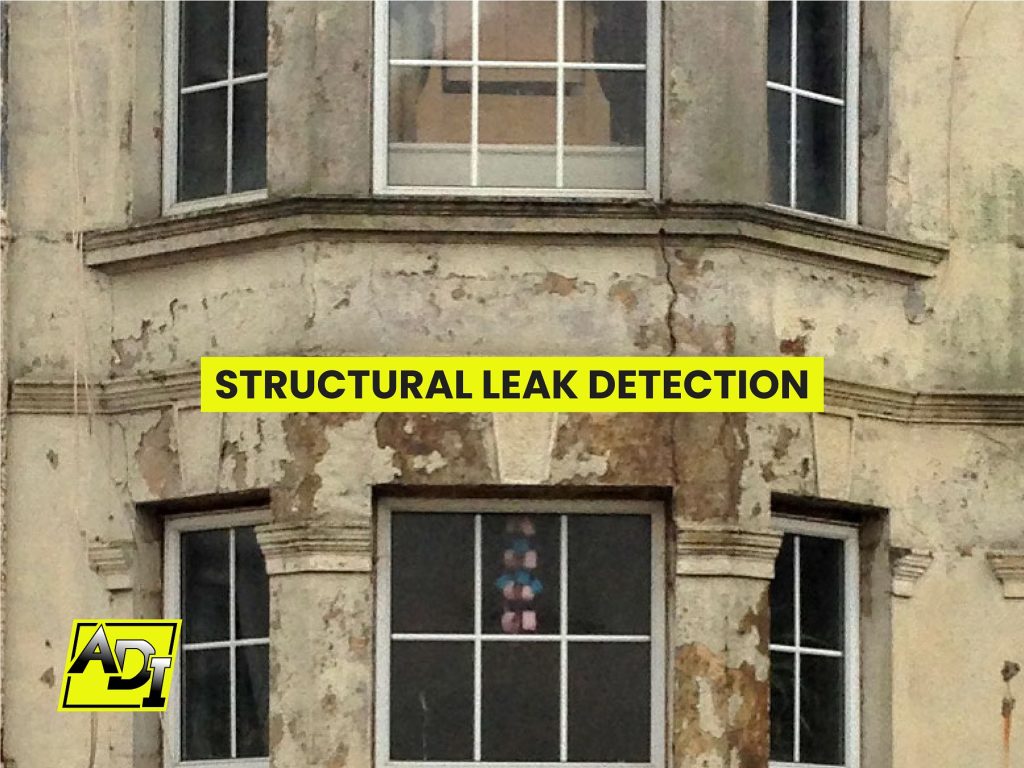
Water Damage Problems That Building Leaks Can Cause
Woodworm |
| ||||||||||||||||||||||||||||||||||||||||||||||||||||||||||||||||||||||||||||||||||||||||||||||||||
Dry & Wet Rot |
| ||||||||||||||||||||||||||||||||||||||||||||||||||||||||||||||||||||||||||||||||||||||||||||||||||
Subsidence |
| ||||||||||||||||||||||||||||||||||||||||||||||||||||||||||||||||||||||||||||||||||||||||||||||||||
Structural Weak Points For Water Ingress
Understanding and protecting against water ingress involves identifying structural weak points such as compromised waterproofing, cracks in concrete or masonry, and deteriorating roof components.
Roofing |
| ||||||||||||||||||||||||||||||||||||||||||||||||||||||||||||||||||||||||||||||||||||||||||||||||||
Walls |
| ||||||||||||||||||||||||||||||||||||||||||||||||||||||||||||||||||||||||||||||||||||||||||||||||||
Windows and Doors |
| ||||||||||||||||||||||||||||||||||||||||||||||||||||||||||||||||||||||||||||||||||||||||||||||||||
Other Causes of Structural Building Leaks |
| ||||||||||||||||||||||||||||||||||||||||||||||||||||||||||||||||||||||||||||||||||||||||||||||||||
Our Structural Water Leak Investigation Techniques to Detect the Cause of Water Damage:
Drones with 8k Thermal Cameras | Drones equipped with 8k thermal cameras provide a comprehensive and non-invasive method to detect leaks, offering a bird’s-eye view of hard-to-reach areas and pinpointing temperature anomalies indicative of moisture. | ||||||||||||||||||||||||||||||||||||||||||||||||||||||||||||||||||||||||||||||||||||||||||||||||||
Handheld Thermal Imaging | Handheld thermal imaging devices allow for close-up inspections of suspected leak areas, detecting temperature variations caused by moisture presence, and helping to identify the exact location of leaks. | ||||||||||||||||||||||||||||||||||||||||||||||||||||||||||||||||||||||||||||||||||||||||||||||||||
Moisture Mapping | Moisture mapping involves creating a detailed chart of moisture levels across various building components, identifying potential leak sources, and guiding repair strategies. | ||||||||||||||||||||||||||||||||||||||||||||||||||||||||||||||||||||||||||||||||||||||||||||||||||
Damp Meter Surveys | Damp meter surveys measure the moisture content in building materials, indicating potential leak areas and the extent of water damage. | ||||||||||||||||||||||||||||||||||||||||||||||||||||||||||||||||||||||||||||||||||||||||||||||||||
On-site Salts Analysis | On-site salts analysis detects the presence of salts left behind by evaporating moisture, often a sign of ongoing leaks and moisture issues. | ||||||||||||||||||||||||||||||||||||||||||||||||||||||||||||||||||||||||||||||||||||||||||||||||||
Tracer Gas Leak Detection | Tracer gas leak detection involves releasing a harmless gas into pipes or walls and detecting its escape points, accurately identifying leak locations. | ||||||||||||||||||||||||||||||||||||||||||||||||||||||||||||||||||||||||||||||||||||||||||||||||||
Dye Testing | Dye testing introduces non-staining dye into water systems, visually revealing leak points as the colored water escapes. | ||||||||||||||||||||||||||||||||||||||||||||||||||||||||||||||||||||||||||||||||||||||||||||||||||
Pressure Testing | Pressure testing assesses the integrity of pipes by applying pressure and monitoring for leaks, identifying weaknesses before they lead to significant damage. | ||||||||||||||||||||||||||||||||||||||||||||||||||||||||||||||||||||||||||||||||||||||||||||||||||
Acoustics Surveys | Acoustic surveys detect the sound of escaping water, even through thick building materials such as concrete, pinpointing the location of leaks with precision. | ||||||||||||||||||||||||||||||||||||||||||||||||||||||||||||||||||||||||||||||||||||||||||||||||||
Void CCTV Inspection | Void CCTV inspection involves sending a Borescope camera into inaccessible areas, providing a visual inspection of hidden spaces for leaks and structural issues. | ||||||||||||||||||||||||||||||||||||||||||||||||||||||||||||||||||||||||||||||||||||||||||||||||||
Our Reviews & Accreditation’s

ADI Leak Detection is accredited with The Chartered Institute of Plumbing and Heating Engineering.

ADI Leak Detection is registered with The Water Industry Approved Plumbers’ Scheme.

ADI Leak Detection is a Watersafe Accredited contractor.
Structural & Building Leak FAQs
Building insurance typically covers sudden and accidental water damage, but coverage may vary. Always review your policy or consult with your insurer for specifics.
A one-time leak can lead to mold if the moisture is not promptly and thoroughly addressed. Mold can start to grow within 24-48 hours in the right conditions.
Responsibility for leak damage depends on the ownership and the source of the leak.
Generally, property owners are responsible for internal leaks, while external issues may fall to local authorities or water service providers.
Building windows may leak due to faulty installation, seal failure, or deterioration over time. Regular maintenance and inspections can identify and rectify potential issues.
Water leakage in a structure is detected using various methods such as thermal imaging, moisture meters, tracer gas, dye testing, and acoustic surveys, depending on the specific situation and structure.
Finding a leak in a large building involves a systematic approach using tools like thermal imaging, moisture mapping, and tracer gas techniques, often starting with the most common weak points and expanding the search from there.
Call ADI If You Need Help With A Structural Building Leak Investigation
If you’re facing water damage or suspect a structural leak in your building, contact ADI Leak Detection.
Our expert team uses advanced techniques to find, locate, and repair leaks, preventing further damage and preserving your building’s integrity.
